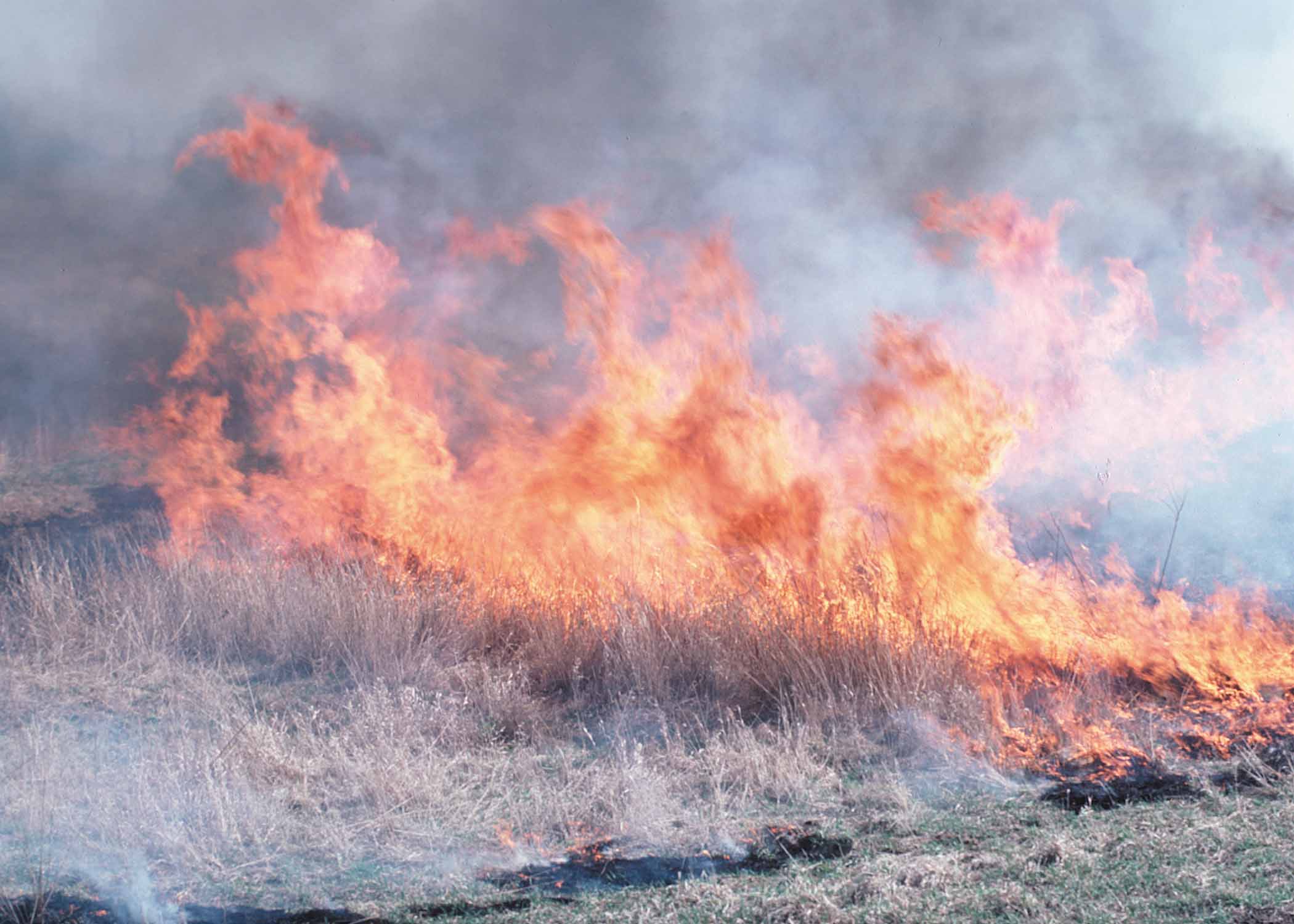If you want to raise chickens in your backyard, the Chicken Whisperer is the man for you!
 Kind of reminds me of the old radio spoof Chickenman – “He’s everywhere, he’s everywhere!” Mild mannered Andy Schneider has made himself into the go-to expert on raising backyard poultry. He is host of an Internet radio show and is also a contributor for Mother Earth News Magazine, Grit Magazine, and Farmers Almanac. He’s been featured on CNN, HLN, FOX, ABC, CBS, NBC, NPR, as well as in The Wall Street Journal, TIME Magazine, The Economist, USA Today, Atlanta Journal-Constitution, New Life Journal, and countless other local and national publications and has recently signed a book deal. Schneider broadcasts his radio show at noon every weekday online from his home office, and occasionally on Saturday takes the show on the road. He claims regular listeners from the Netherlands and Australia, among other far-flung destinations. A recent guest to his chat room was from Taiwan. “It’s become, which is really cool, a worldwide show!” he said. He’s also on Facebook, Twitter and is founder of the 1,200-member Meetup group for backyard chicken fans in the Atlanta area.
Kind of reminds me of the old radio spoof Chickenman – “He’s everywhere, he’s everywhere!” Mild mannered Andy Schneider has made himself into the go-to expert on raising backyard poultry. He is host of an Internet radio show and is also a contributor for Mother Earth News Magazine, Grit Magazine, and Farmers Almanac. He’s been featured on CNN, HLN, FOX, ABC, CBS, NBC, NPR, as well as in The Wall Street Journal, TIME Magazine, The Economist, USA Today, Atlanta Journal-Constitution, New Life Journal, and countless other local and national publications and has recently signed a book deal. Schneider broadcasts his radio show at noon every weekday online from his home office, and occasionally on Saturday takes the show on the road. He claims regular listeners from the Netherlands and Australia, among other far-flung destinations. A recent guest to his chat room was from Taiwan. “It’s become, which is really cool, a worldwide show!” he said. He’s also on Facebook, Twitter and is founder of the 1,200-member Meetup group for backyard chicken fans in the Atlanta area.
To top it all off, he is the official spokesperson for USDA’s Biosecurity For Birds program, an outreach campaign geared toward educating backyard poultry owners about keeping their birds safe from infectious poultry diseases. He really is everywhere!
Watch it here:

 Stamina® F3 HL fungicide seed treatment
Stamina® F3 HL fungicide seed treatment  Also, Kixor® powered
Also, Kixor® powered 







